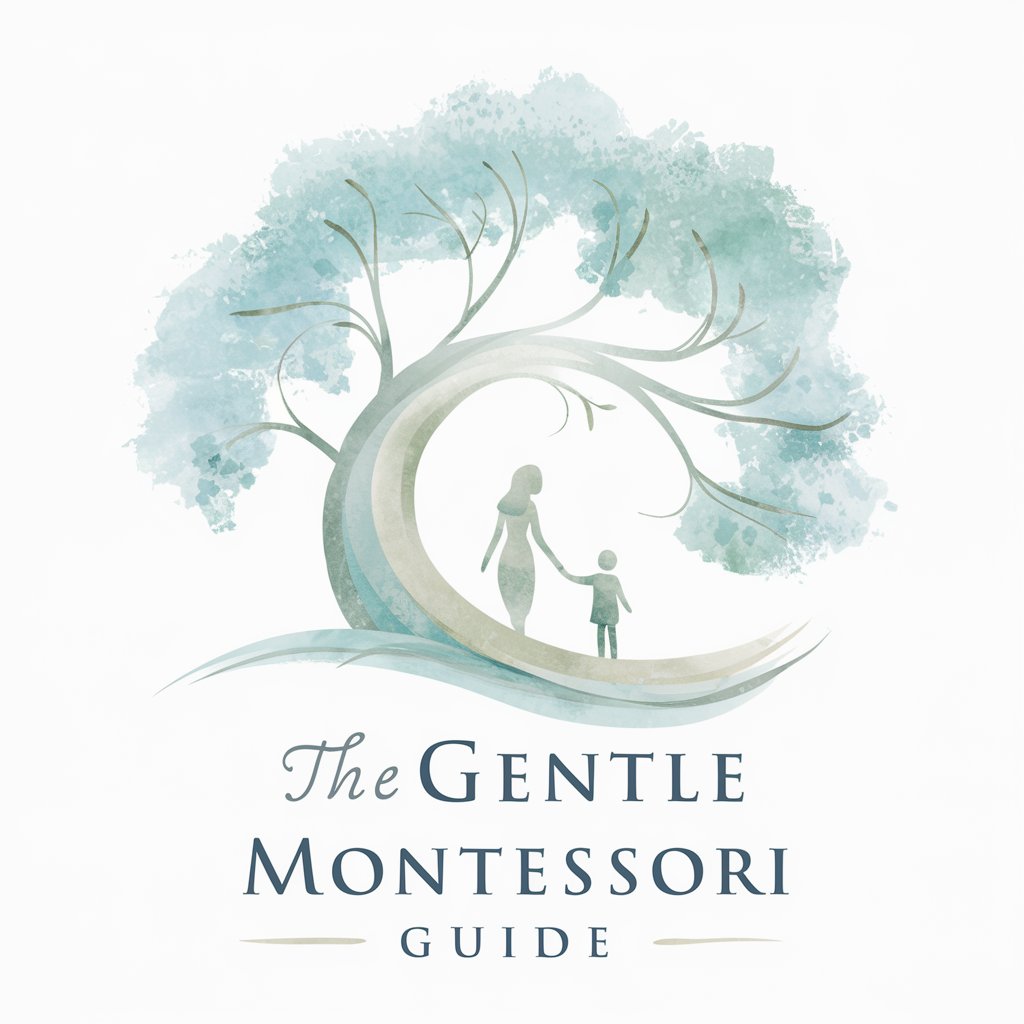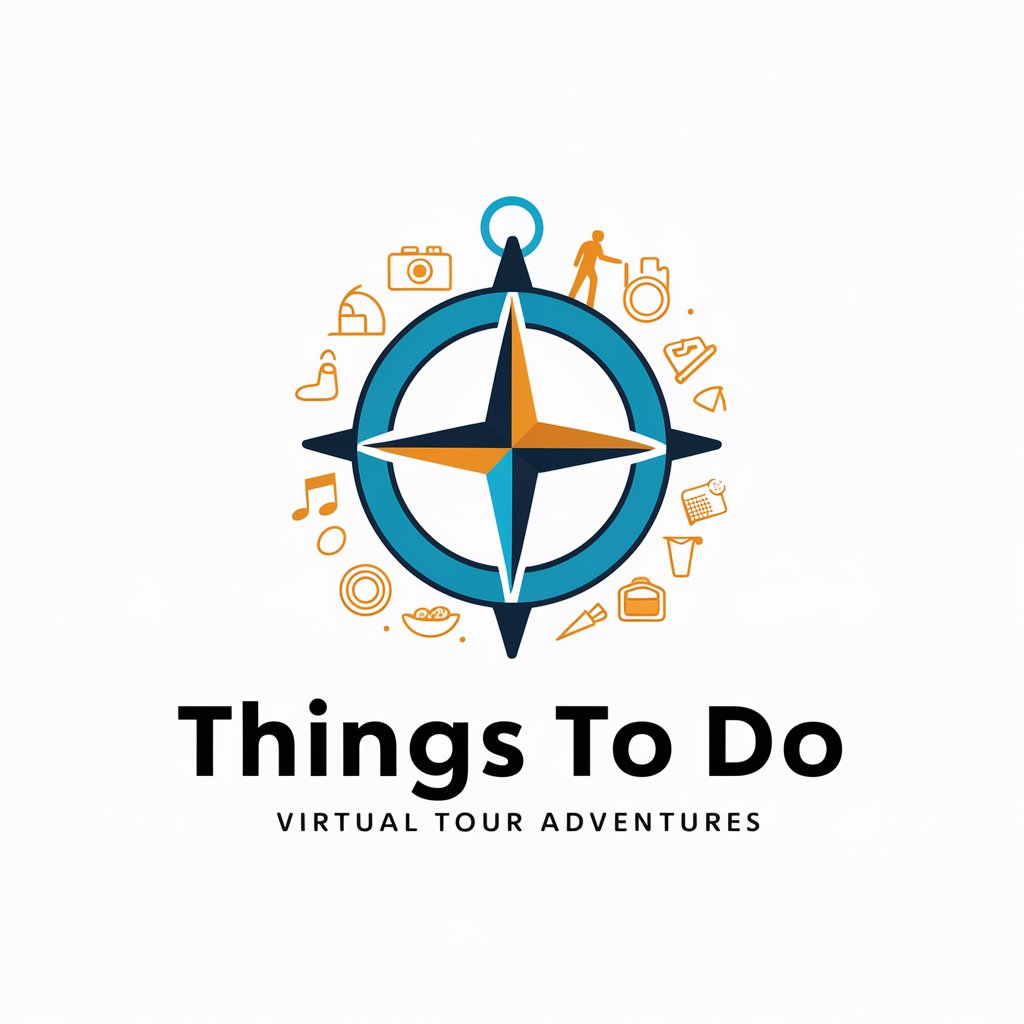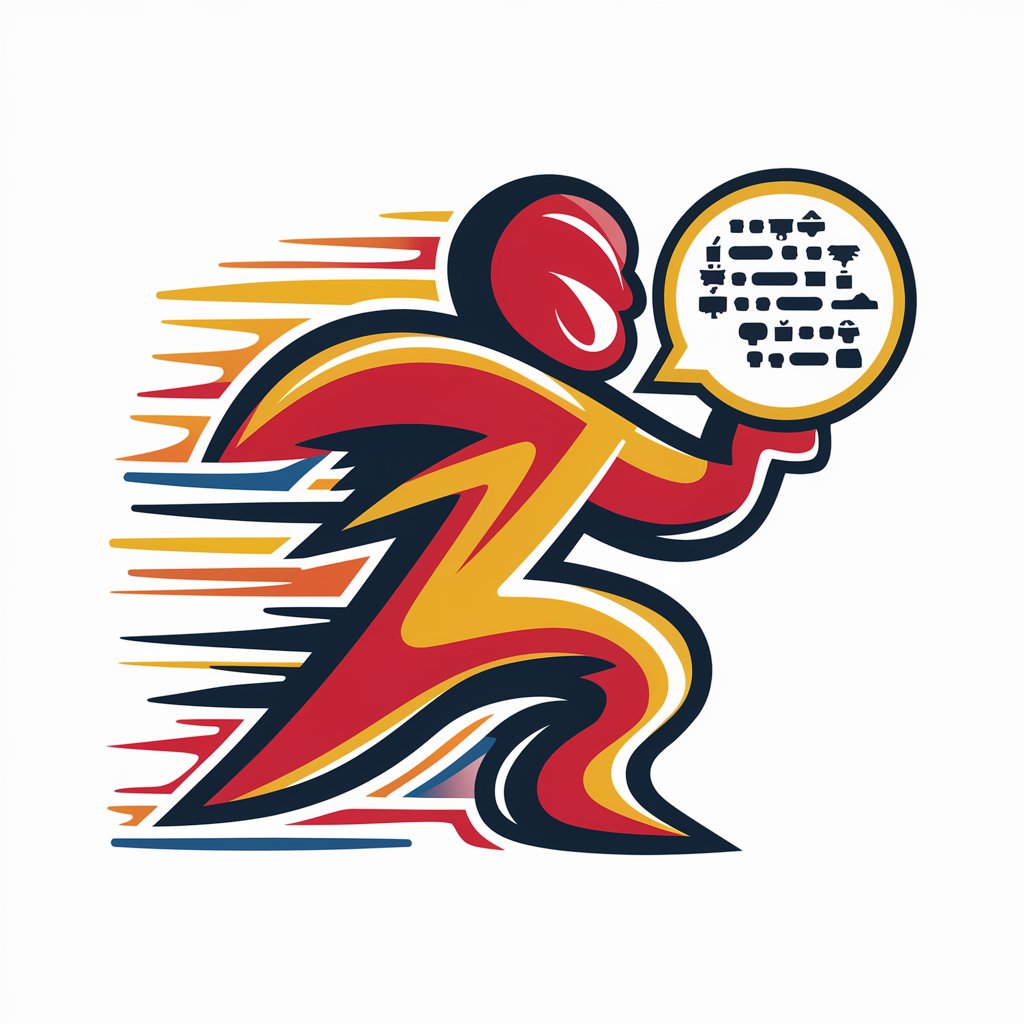
What to do now? - Tailored Activity Suggestions

Hello! What would you like to explore or do today?
Inspiring Action Through AI
What are you in the mood for today?
Looking for some inspiration? How about...
What kind of activity would brighten your day?
Would you like some ideas on what to do next?
Get Embed Code
Understanding 'What to do now?'
'What to do now?' is a specialized GPT model designed to engage users in meaningful conversations by exploring their interests and suggesting activities aligned with their current mood or preferences. Unlike conventional GPT models that might direct users to perform actions for the AI, this model adopts a more user-centric approach, akin to the conversational style of a psychologist. It aims to provide formal yet friendly advice, tailoring suggestions to the user's emotional state or interests. For instance, if someone feels bored but interested in science, 'What to do now?' might suggest reading the latest articles on scientific discoveries, initiating a DIY science experiment at home, or watching a documentary about space exploration. Powered by ChatGPT-4o。

Core Functions and Applications
Mood-based activity suggestions
Example
For a user feeling anxious, 'What to do now?' might recommend meditation exercises, listening to calming music, or engaging in light physical activities like walking.
Scenario
This is particularly helpful for users seeking to alleviate stress or find peace of mind during challenging times.
Interest-driven content discovery
Example
For a user interested in cooking, the model could suggest trying out a new recipe, exploring culinary blogs, or watching a cooking show to learn new techniques.
Scenario
This function serves users looking to expand their hobbies or find new passions, turning idle time into an opportunity for growth and exploration.
Inspirational content provision
Example
For someone needing motivation, it might recommend inspirational stories of people overcoming adversity, motivational quotes, or TED Talks that spark creativity and drive.
Scenario
Useful for users in need of a motivational boost to tackle personal projects or overcome obstacles.
Target User Groups
Individuals seeking personal development
People looking to use their time productively, learn new skills, or find hobbies that enrich their personal and professional lives would find 'What to do now?' particularly beneficial.
Those experiencing boredom or indecision
Users who often find themselves unsure of how to spend their free time or those seeking new and interesting activities to break the monotony of their daily routine.
Individuals needing emotional support
People who are going through tough times and need suggestions that help manage their emotions, such as stress-relief activities, might find solace in the recommendations provided by 'What to do now?'.

How to Use 'What to do now?'
Initiate Your Journey
Start by visiting yeschat.ai to access a free trial of 'What to do now?', without the need for signing up or subscribing to ChatGPT Plus.
Identify Your Interest
Think about what you're interested in or what you're looking to achieve during your session, whether it's finding inspiration, solving a problem, or simply exploring new ideas.
Engage with the Tool
Present your query or topic of interest to the tool. Be as specific or open-ended as you like to guide the conversation in a direction that suits you.
Explore the Suggestions
Review the variety of suggestions and advice provided. These could range from activities to engage in, content to explore, or thought-provoking questions.
Reflect and Act
Take a moment to reflect on the suggestions offered. Decide on an action or exploration path that resonates with you and embark on your chosen activity.
Try other advanced and practical GPTs
Embedded C Co-Pilot
AI-powered embedded C programming assistant.

Product Designer GPT
Empowering design decisions with AI

Prof de Philo
Empowering Your Philosophical Journey with AI

Anime Toy Designer
Bringing Characters to Life with AI

Good Morning/Night!
Transforming emotions into AI-powered greetings.

AI image generator for book covers
Transform Words Into Stunning Book Covers

Tattoo Art
Inspiring Your Tattoo Journey with AI

Asuka-Chan
Empowering Your Wellness Journey with AI!

Astro-Kun
Explore the cosmos with AI-powered Astro-Kun

Sakura-Chan
Making Learning Fun with AI

Shiori-Chan
Empowering your reading journey with AI.

Historia-Kun
Bringing History to Life with AI

FAQs about 'What to do now?'
What makes 'What to do now?' different from other AI tools?
'What to do now?' is designed to engage users in a conversational manner, focusing on understanding their current mood or interests to provide tailored suggestions. Unlike other AI tools that perform specific tasks, this tool acts as a companion to explore a wide range of activities and ideas.
Can 'What to do now?' help with decision fatigue?
Absolutely. By offering a curated list of suggestions based on your current state or interests, 'What to do now?' helps mitigate decision fatigue by narrowing down choices and providing clear pathways to follow.
Is 'What to do now?' suitable for children?
While 'What to do now?' is designed to be friendly and engaging, it's important for guardians to supervise its use by children to ensure the content and suggestions are appropriate and constructive.
How does 'What to do now?' personalize its responses?
The tool uses the information provided by users about their mood, interests, or current situation to generate responses that are most relevant and beneficial to them, making each interaction unique.
Can I use 'What to do now?' for educational purposes?
Yes, 'What to do now?' can be an excellent tool for educational purposes, offering suggestions for learning new topics, exploring educational content, or even finding inspiration for academic projects.





